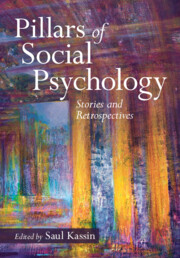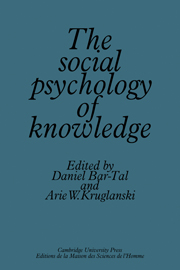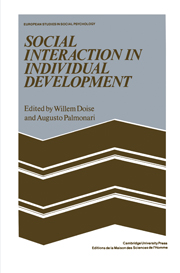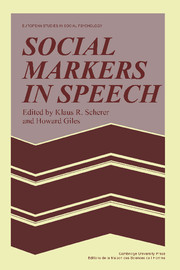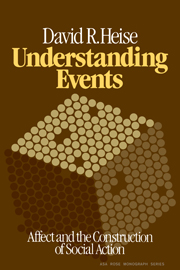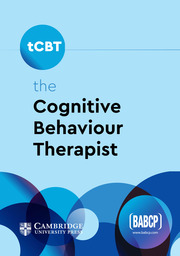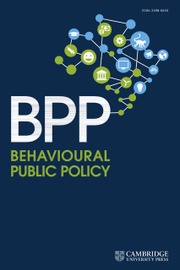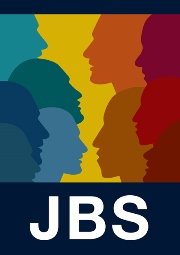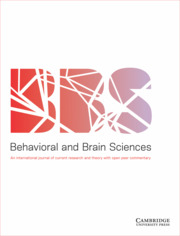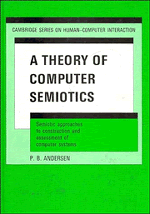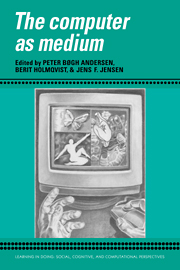
The Computer as Medium
Part of Learning in Doing: Social, Cognitive and Computational Perspectives
- Editors:
- Peter Bxgh Andersen, Aarhus Universitet, Denmark
- Berit Holmqvist, Aarhus Universitet, Denmark
- Jens F. Jensen, Aalborg University, Denmark
- Date Published: March 1994
- availability: Available
- format: Hardback
- isbn: 9780521419956
Hardback
Other available formats:
Paperback, eBook
Looking for an inspection copy?
This title is not currently available for inspection. However, if you are interested in the title for your course we can consider offering an inspection copy. To register your interest please contact [email protected] providing details of the course you are teaching.
-
Computers are developing into a powerful medium integrating film, pictures, text and sound, and the use of computers for communication and information is rapidly expanding. The Computer as Medium brings insights from art, literature and theatre to bear on computers and discusses the communicative and organizational nature of computer networks within a historical perspective. The book consists of three parts. The first part characterizes the semiotic nature of computers and discusses semiotic approaches to programming and interface design. The second part discusses narrative and aesthetic issues of interactive fiction, information systems and hypertext. The final part contains papers on the cultural, organizational and historical impact of computers.The broad and rich coverage of this book will appeal to scholars in cognitive science, computer science, linguistics, semiotics, media studies and mass communications, cultural studies and education.
Customer reviews
Not yet reviewed
Be the first to review
Review was not posted due to profanity
×Product details
- Date Published: March 1994
- format: Hardback
- isbn: 9780521419956
- length: 508 pages
- dimensions: 236 x 161 x 33 mm
- weight: 0.879kg
- availability: Available
Table of Contents
Series foreword
Preface
Contributors
Part I. Computer-Based Signs: Introduction Peter Bøgh Andersen
1. A semiotic approach to programming Peter Bøgh Andersen
2. Structuralism, computation and cognition: the contribution of glossematics David Piotrowski
3. The shortest way between two points is a good idea: signs, Peirce and theorematic machines Keld Gall Jørgensen
4. Logic grammar and the triadic sign relation Per Hasle
5. Meaning and the machine: toward a semiotics of interaction Per Aage Brandt
Part II. The Rhetoric of Interactive Media: Introduction Berit Holmqvist
6. Narrative computer systems: the dialectics of emotion and formalism Berit Holmqvist and Peter Bøgh Andersen
7. Interactive fiction: artificial intelligence as a mode of sign production Peter Bøgh Andersen and Berit Holmqvist
8. Plays, theatres and the art of acting in the eighteenth century: a formal analysis Jens Hougaard
9. The meaning of plot and narrative Jørgen Bang
10. Face to interface Berit Holmqvist
11. Drawing and programming Bjørn Laursen and Peter Bøgh Andersen
12. Hypermedia communication and academic discourse: some speculations on a future genre Gunnar Liestøl
Part III. Computers In Context: Introduction Jens F. Jensen
13. Computer culture: the meaning of technology and the technology of meaning Jens F. Jensen
14. One person, one computer: the social construction of the personal computer Klaus Bruhn Jensen
15. Hi-tech network organizations as self-referential systems Lars Qvortrup
Comment: disturbing communication Peter Bøgh Andersen
16. Dialogues in networks Elsebeth Korsgaard Sorensen
17. Historical trends in computer and information technology Jens Christensen
Comment: the history of computer-based signs Peter Bøgh Andersen
18. A historical perspective on work practices and technology Randi Markussen
19. Hypertext: from modern utopia to post-modern dystopia? Bjørn Sørenssen
Index.
Sorry, this resource is locked
Please register or sign in to request access. If you are having problems accessing these resources please email [email protected]
Register Sign in» Proceed
You are now leaving the Cambridge University Press website. Your eBook purchase and download will be completed by our partner www.ebooks.com. Please see the permission section of the www.ebooks.com catalogue page for details of the print & copy limits on our eBooks.
Continue ×Are you sure you want to delete your account?
This cannot be undone.
Thank you for your feedback which will help us improve our service.
If you requested a response, we will make sure to get back to you shortly.
×

